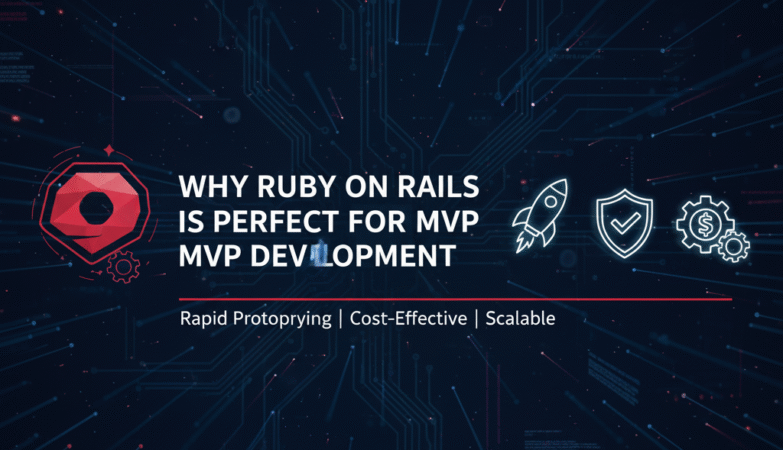Ever wondered why some businesses seem to effortlessly engage their customers while others struggle? The secret often lies in gamification. By integrating game mechanics into non-game contexts, businesses can transform mundane tasks into exciting challenges. Whether you’re in retail, education, or healthcare, a gamification platform can revolutionise your approach and boost engagement.
Imagine turning customer loyalty programmes into thrilling quests or making employee training as engaging as a video game. Different business models can leverage gamification to meet unique goals, from increasing customer retention to enhancing productivity. Dive into the world of gamification platforms and discover how they can be the game-changer your business needs.
Understanding Gamification Platforms
A gamification platform can be essential in transforming business operations. They leverage game mechanics to make routine activities more engaging.
Key Features of Gamification Platforms
These platforms incorporate critical elements:
- Leaderboards: Display top performers, creating competition.
- Badges: Offer visual rewards for achievements.
- Points Systems: Track progress and foster participation.
- Quests: Present tasks or challenges to complete.
These features transform mundane tasks into engaging experiences, making them fun and rewarding.
Benefits of Gamification for Businesses
Gamification can boost outcomes in many ways:
- Increased Productivity: Employees become more engaged and motivated.
- Enhanced Learning: Training becomes more interactive.
- Customer Loyalty: Reward systems keep customers coming back.
- Behaviour Change: Encourages desired actions through incentives.
So, next time you seek to improve your business metrics, think about integrating gamification. It might be the game-changer you’re looking for.
Gamification in Retail Business Models
In the realm of retail, gamification brings a new level of customer engagement. By integrating game mechanics, businesses can enhance the shopping experience and build strong customer relationships.
Enhancing Customer Experience
Feeling bored while shopping online? Gamification can change that. When retailers use points systems and rewards, shopping turns into a fun experience. Leaderboards can encourage you to spend more time exploring products. Interactive elements like quizzes and challenges create excitement and engagement. Imagine getting badges for completing a shopping mission. This makes browsing enjoyable, not a chore. You feel like a winner each time you shop.
Increasing Customer Loyalty
Ever wondered why some shoppers keep returning? Gamification might be the reason. Loyalty programmes using gamification mechanics can create a sense of achievement. Points earned with every purchase can be redeemed for discounts or exclusive items. The chance to earn special rewards or tiered membership keeps you coming back. Personalised experiences and surprise rewards build emotional connections with the brand. This loyalty makes you feel valued and appreciated.
Gamification in Education Business Models
Gamification platforms bring new dimensions to education business models. By embedding game mechanics into learning environments, these platforms can transform how students and educators interact.
Engaging Students
Motivating students through gamification can spark interest in even the most challenging subjects. Leaderboards foster friendly competition while badges recognise achievements, creating a sense of accomplishment. Points systems can reward progress and effort. These elements turn learning into an engaging quest rather than a chore. What happens when students view learning as a game, rather than a task? They become more motivated and curious, exploring subjects with enthusiasm.
Improving Learning Outcomes
Gamification can enhance learning outcomes by making lessons interactive and enjoyable. Quests and challenges can align with educational goals, promoting deeper understanding and retention of knowledge. Instead of traditional testing, using gamified assessments can provide immediate feedback, helping students identify areas for improvement. How might your lessons change if students looked forward to each challenge? Engagement leads to better performance and lasting understanding, turning every lesson into an adventure.
Essentially, integrating gamification in educational business models taps into the natural human love for games and rewards, creating an enriching and dynamic learning environment.
Gamification in Corporate Training Models
Gamification in corporate training modernises employee learning. By using game mechanics, companies can create compelling training experiences that keep employees engaged.
Boosting Employee Engagement
Gamification boosts employee engagement by transforming training modules into interactive experiences. Leaderboards encourage friendly competition, making training sessions lively. Points systems and badges reward achievements, instilling a sense of accomplishment. Quests guide employees through tasks, breaking monotony. When employees feel recognised, they’re inspired to participate. Have you considered how much more engaged your team might be if training felt like a game rather than a chore?
Enhancing Skill Development
Skill development through gamification becomes more effective as it taps into intrinsic motivation. Challenges and simulations provide practical scenarios, honing your team’s abilities. Real-world simulations within a gamified environment encourage active learning and practical application of skills. Think of the last time you completed a challenging task and felt proud. That’s the power of gamification. Encouraging continuous improvement, these platforms can lead to a more skilled and competent workforce.
Gamification in Health and Wellness Models
Gamification transforms the health and wellness sector by integrating game elements into health routines. This approach makes maintaining a healthy lifestyle more engaging and rewarding.
Promoting Healthy Behaviours
Gamification encourages healthy behaviours by integrating challenges and rewards into daily health activities. You engage in fitness routines or dietary plans with elements like points systems, badges, and leaderboards. Have you noticed how tracking your steps can become a fun activity when there’s a reward at the end? This creates an environment where achieving health goals becomes a playful quest, leading to improved physical and mental well-being. An app, for instance, might reward you with a badge for reaching a daily step count, fostering a sense of achievement.
Increasing User Retention
Retaining users in health and wellness programmes enhances the effectiveness of these initiatives. Gamification keeps users engaged by providing continuous incentives. For instance, apps that offer daily challenges and streak rewards motivate you to log in and participate daily. Do you keep returning to apps that offer daily check-ins or challenges? This approach ensures a sustained engagement leading to long-term healthy habits. The sense of community created through leaderboards and social sharing features also boosts retention, as everyone enjoys comparing their progress with others.
Final Thoughts
Gamification offers a dynamic way to enhance engagement across various business models. By integrating game mechanics, you can transform mundane tasks into exciting challenges that drive productivity and loyalty. Whether you’re in retail, education, corporate training, or healthcare, gamification platforms can help you achieve your goals more effectively.
Consider leveraging leaderboards, badges, and points systems to create a competitive and rewarding environment. These elements can turn routine activities into engaging experiences, making your business more appealing to customers and employees alike. Embrace gamification as a strategic tool to foster deeper connections and drive success in your industry.











